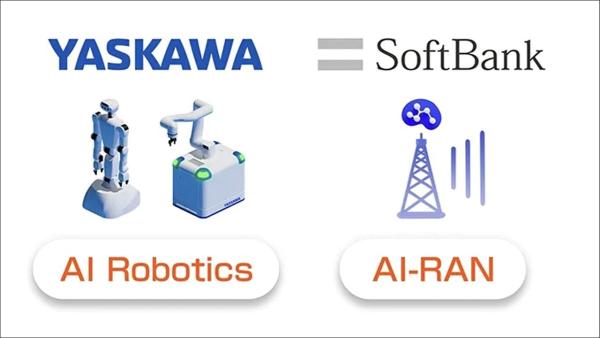Written by Bangor University

Researchers from Bangor University's Digital Signal Processing Center (DSP) have made a breakthrough in the development of a novel Point-to-Multipoint (P2MP) Optical Transceiver.
Optical Transceivers are widely used in data communication systems to transmit and receive signals over a network. The novel P2MP flexible transceiver overcomes the limitations of previous technologies in terms of just operating at pre-defined speeds over point-to-point transmission systems only.
As a direct result of the disadvantages associated with traditional optical transceivers, a current network node accommodating P2MP 5G access networks must use multiple traditional point-to-point (P2P) optical transceivers in parallel, each supporting a dedicated transmission link. Such network implementation and operation approaches are spectrally inefficient, energy-hungry, expensive and non-scalable in terms of meeting the stringent requirements of future access networks, including 5G-Advance and beyond.
To address these challenges, Bangor University researchers leading the way in DSP technology have turned their attention to point-to-multipoint (P2MP) transceivers, which have shown promise in offering scalable, flexible, and cost-effective solutions capable of supporting multiple low-speed optical transceivers to communicate with a single high-speed optical transceiver for cost-sensitive application scenarios. The transceivers can automatically and dynamically "grow" or "shrink," depending on the network traffic status.









